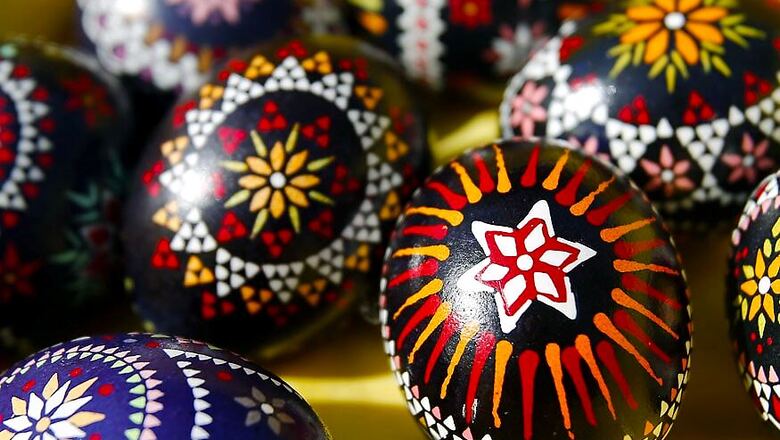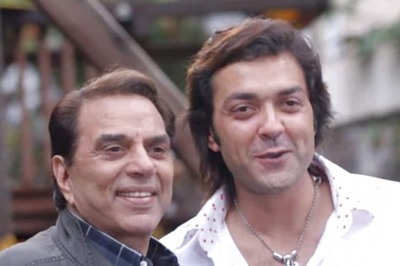
views
Millions of Christians around the world will be celebrating April 20 as Holy Saturday to mark the day when disciples of Jesus Christ mourned his death due to crucifixion and kept a 40-hour long night vigil outside his tomb, waiting for his resurrection.
Every year on this day, people observe the night vigil, which is also known as the Easter vigil. The night vigil Holy Saturday is a sacred day as Christians believe the Lord rests on this day. It is therefore also called the "Second Sabbath" after creation. This is the calmest and quiet day of the entire Church year, when the followers of Jesus Christ mourn his death.
The Easter Vigil is observed on the night between Holy Saturday and Easter Sunday. In fact, Easter celebrations begin only after the night vigil, held in anticipation of the resurrection of Christ. Also known as Easter Vigil, Paschal Vigil or the Great Vigil of Easter, this tradition is mainly celebrated in Roman Catholic, Anglican, Lutheran, Eastern Orthodox, and Oriental Orthodox churches.
The Easter Vigil is primarily divided into four parts by most liturgical churches.
Service of Light
This evening prayer marks the beginning of night vigil on Easter eve. It usually includes the entrance of the ministers into the church, the opening greeting, a short lesson of scripture, a prayer for light, the lighting of the candles, and the singing of the aileron. Paschal candle is lighted during this practice.
Service of Lessons or Service of the Word
Also known as the Liturgy of the Word, the priests and followers read Words from various parts of the Bible from Genesis to the Gospel. During this, nine readings are provided from the Testaments, including seven readings from the Old Testament and two from the New Testament.
Baptismal ceremony
This ceremony confirms adults into the church. This also confirms previous baptisms. The Easter water is sprinkled on the mass as blessings as they enter the Church through baptism.
Eucharist
The Congregation finally partakes of the Lord’s Table during Eucharist. This table is believed to be created by The Christ through his death and resurrection.
















Comments
0 comment